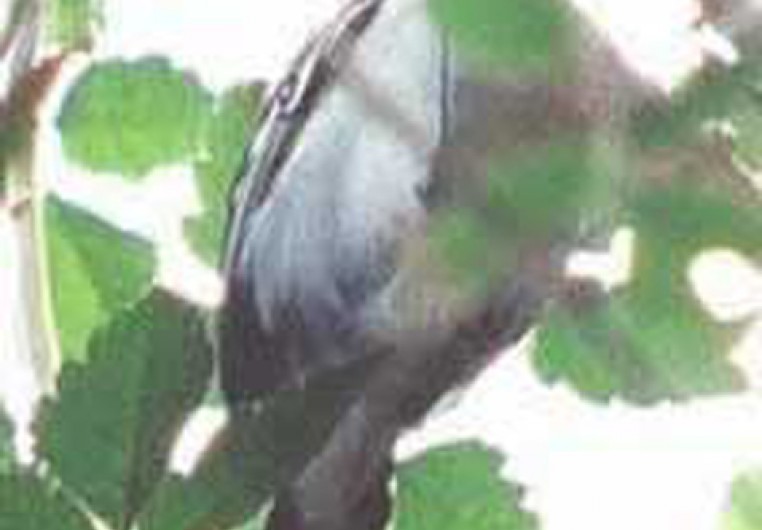Biodiversity
 Great Antshrike
Taraba major | Vieillot, 1816
Great Antshrike
Taraba major | Vieillot, 1816

Characterization: Small to medium-size species measuring about 20.5cm in length. Although both sexes have a general two-color pattern, the colors of these patterns are different; the male is black (upper part) and white (lower part), and the female is brown and white.
Distribution: From the Guianas and Venezuela to Bolivia, Argentina, Paraguay, Uruguay, and throughout most of Brazil (in the south up to Mato Grosso, Goiás, west of São Paulo and Rio de Janeiro).
Habitat: Dense vegetation of the low strata of secondary forests, clearings and edges of forests with shrub vegetation, both in moist and dry regions.
Habits: A diurnal species, this bird generally lives in pairs, jumping amid vine thickets and shrubs up to a height of 1-5m, making it hard to observe. It is rarely seen in mixed flocks.
Diet: Carnivorous, feeding on insects, primarily ants.
Breeding: It lays 2 eggs in small, open-basket-shaped nests made of fibers, rods, moss, etc.
In the UFRA area: This species of bird had a medium spatial distribution. It was found in exotic woods, mixed forests in regeneration, in native forests, in drainage ditches, and in forests in spontaneous regeneration. This species is rare, as it was spotted only 5 times.



